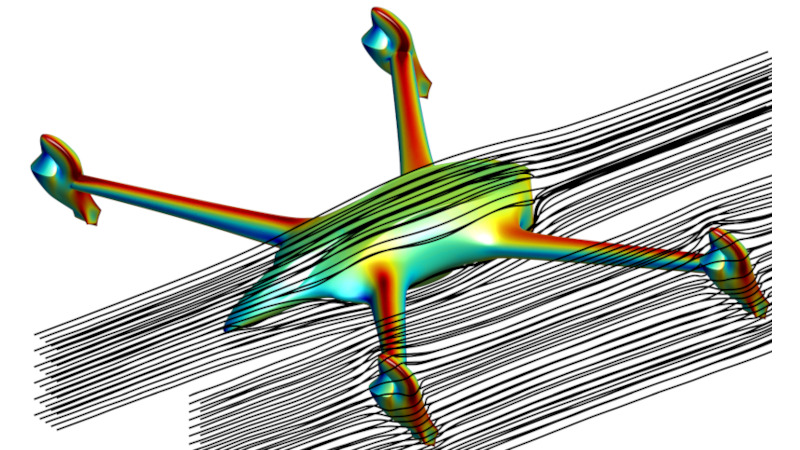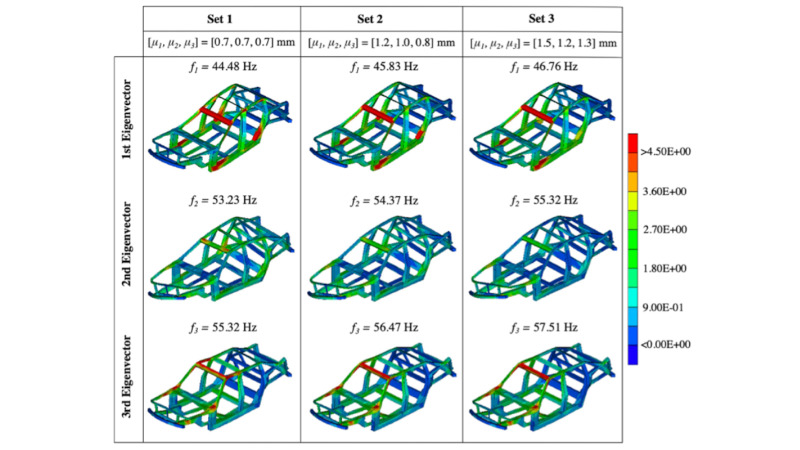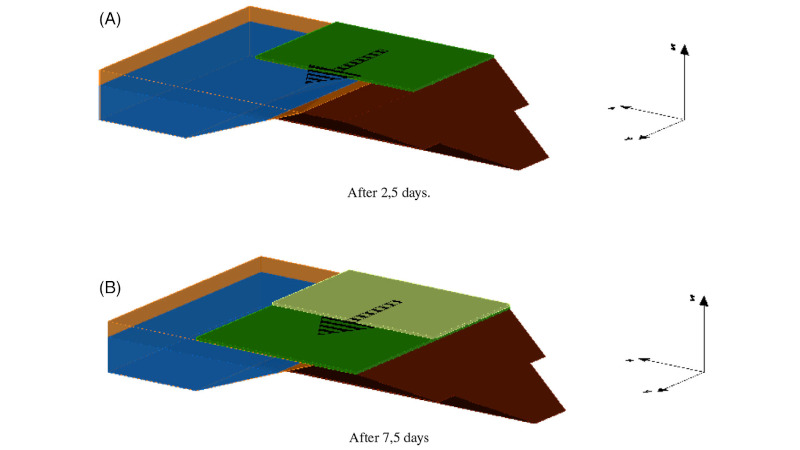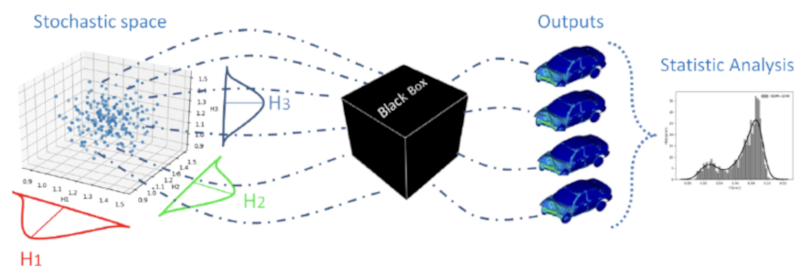Research Cluster
Credible High-Fidelity and Data-Driven Models
Contact point
Matteo Giacomini
Academic Leaders
Pedro Díez, Alberto Garcia, Matteo Giacomini, Antonio Huerta, Ivan Markovsky, Sergio Zlotnik

Overview
Research
Staff
Projects
This research cluster develops mathematical and computational models that integrate physical understanding with data from simulations and experiments, advancing surrogate modelling techniques for optimization, inverse problems, and uncertainty quantification across engineering applications.
CIMNE’s Credible High-Fidelity and Data-Driven Models research cluster develops innovative mathematical and computational approaches that advance quantitative and predictive capabilities in science and engineering. The cluster integrates rigorous physical models with rich data sources from numerical simulations, laboratory experiments, and real-world observations to create robust predictive frameworks.
A core focus of the cluster is advancing the state-of-the-art in modelling complex phenomena arising in industrial production and sustainable development. This is achieved by formulating models based on partial differential equations and data-driven descriptions and by developing novel computational methods for their numerical simulation. This includes designing new paradigms for surrogate modelling, such as Direct Data-Driven Design (D4), multi-fidelity strategies that adaptively identify suitable snapshots, and methods for assessing and controlling surrogate accuracy and robustness to noise and uncertainty, while ensuring domain awareness.
The cluster applies these advanced modelling techniques to optimisation challenges (including multi-fidelity, as well as shape and topology optimisation), inverse problems (using Bayesian and adaptive Monte Carlo Markov Chain approaches), and uncertainty quantification, with particular attention to handling noisy and uncertain data through optimal sampling strategies for parametric complex systems.
Research applications span four primary domains: (1) automotive engineering design, optimization, and simulation, with emphasis on the growing fields of electro-mobility and vehicle safety; (2) geothermal energy and strategic mineral resources exploitation, with attention towards the challenges of sustainability; (3) patient-specific, data-driven modelling for healthcare decision-making in personalized medicine; (4) micro-filtration systems for access to clean water and resilience in the presence of extreme events. Through these efforts, the cluster aims to democratize access to high-fidelity modelling technologies and frontier digital twin solutions, ensuring numerical efficiency, robustness, and credibility across diverse scientific and engineering applications.



Ongoing projects
Finished projects
Related news
No Results Found
The page you requested could not be found. Try refining your search, or use the navigation above to locate the post.










